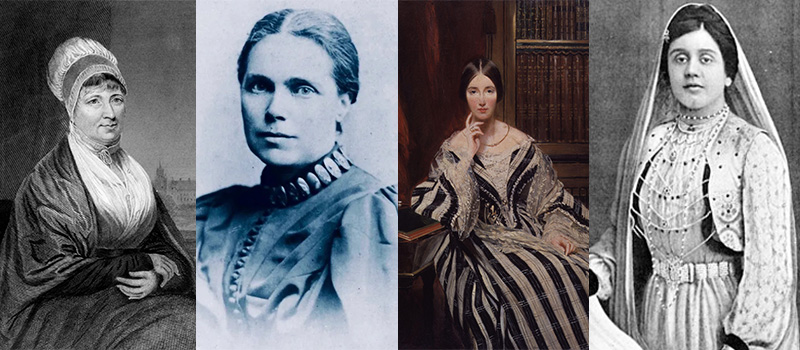Welcome back! We’re continuing our series of revealing research into the history of women at Shoreditch Town Hall, conducted by Jessica Ihejetoh. This time we’re looking at Shoreditch and the Town Hall in the mid 1800s. If you missed the introduction to this series, you can find it by clicking here.

Image: Plan of the Parish of St. Leonard, Shoreditch, 1848-1849[1].
Victorian Reformers
To understand women’s history at Shoreditch Town Hall, we must go back to Shoreditch in the 1860s. Historic maps from this period show us streets and landmarks that we would still recognise today like St Leonard’s Church and Hoxton Square. However, in 1861 Shoreditch was a very different place. Shoreditch’s population had grown rapidly from 35,000 in 1801 to 129,364 by 1861.
Many local people were employed in industrial trades such as furniture making and shoemaking, working from small factories, workshops or cramped conditions at home. Overcrowded housing and poor sanitation saw a serious cholera outbreak in 1849 that killed 899 people in Shoreditch alone. Much literature has been written about Victorian London. Whether fact or fiction, there is no doubt that the poorest had incredibly difficult lives. Many children worked, slum housing expanded and the most vulnerable people in society found themselves in one of East London’s several workhouses.
Social reformers of the day tried to combat the worst effects of poverty. These women were an intriguing mix of campaigners, writers, artists, politicians, evangelicals and philanthropists, collaborating and occasionally competing to try and improve the lives of the most marginalised. This included women’s prison reformer Elizabeth Fry, educationalist and founder of Toynbee Hall, Henrietta Barnett, and philanthropist Angela Burdett-Coutts. Alongside them, Olive Christian Malvery, a British-Indian writer and social reformer went undercover to explore the extreme poverty and hardships that working-class women faced. Each one of these women left tangible social projects which still exist in some form in East London today.

The Municipal Principle
Against this backdrop, Shoreditch Town Hall opened in 1866. Founded on the idea of the ‘Municipal Principle’, it was a vital discussion space for subjects of ‘local and national importance’, and for ‘the expression of opinion’ of ‘the political and social questions of the day’. Key aspects of local women’s lives were shaped in its assembly hall and committee rooms.
Women’s public health saw improvements under Dr Robert Barnes, in the newly created role of Medical Officer of Health for Shoreditch. As a specialist in women’s health, Dr Barnes founded The British Gynaecological Society, and played a leading role in improving sanitation at a time of high infant mortality rates.
In addition to government business, debates and speeches, town halls were also used to hold inquests in the Victorian period. Searching historic newspaper articles from the late 1800s reveals sad stories of illness, crime, poisoning and industrial accidents which would have been too common at the time. Shoreditch Town Hall held the inquest into Jack the Ripper’s final victim Mary Kelly in 1888. This was covered extensively across British newspapers and a journalist noted that the room ‘barely sufficed to accommodate the jury and many representatives of the press who attended’[2]. Much of the most sensationalist coverage focused on the mystery of the perpetrator of these awful crimes, sharing gruesome details. However, looking at this coverage also reveals rigid Victorian-era judgements about women’s perceived reputations, class and the restrictive notions of female respectability which existed at the time.
Shoreditch Town Hall opened during a time of rapid technological change and important reforms. New schools, hospitals and societies for working-class people were the seeds of the welfare state. By the end of the 1800s Shoreditch Town Hall became the first in the country to use refuse disposal to generate electricity. It had also opened a library and mechanics institute, all of which cemented its reputation for innovation. The new statue of ‘Lady Progress’ was added in 1904 as a symbol of the newly formed Shoreditch Borough Council’s values and ambitions. However, it was in the next century that women would explicitly make their voices heard, both in, and outside Shoreditch Town Hall.
[1] Image: Plan of the Parish of St. Leonard, Shoreditch, 1848-1849, Wellcome
[2] Wrexham Advertiser, Friday 16 November 1888, British Library Board. All Rights Reserved.
We’ll be sharing more of Jessica’s research over the coming weeks – keep an eye on our Twitter, Facebook, Instagram and TikTok!
